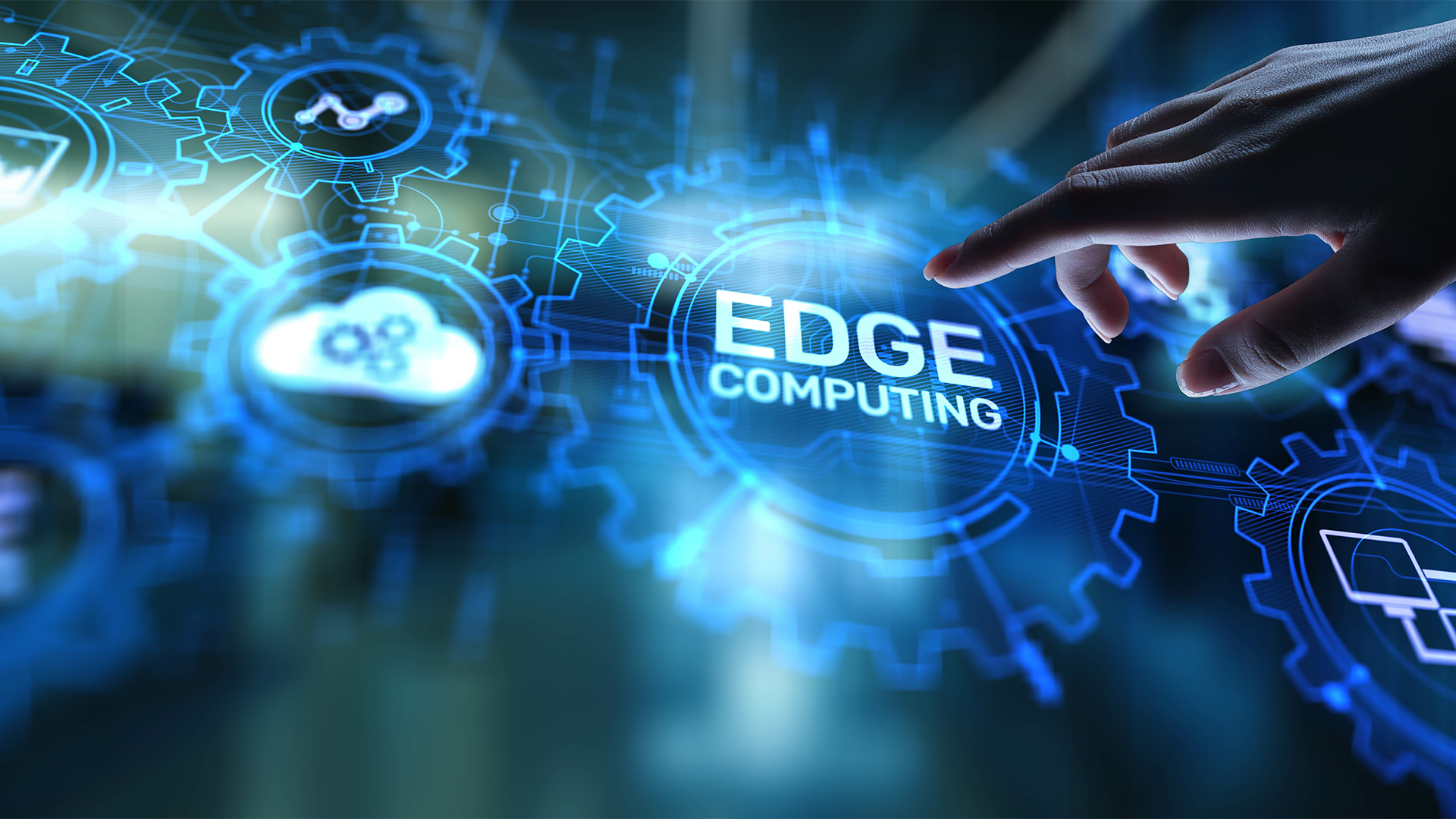
As the digital world expands, there are more and more devices generating a vast amount of data. Marketers want to use this information to personalise their messaging—but traditional computing infrastructures can’t process it at the required speed.
Enter edge computing, which enables businesses to derive valuable customer insights and react to them in real time. It’s an exciting development for digital marketing, but how exactly does it work?
In this post, we’ll explain what edge computing means, and how it helps businesses to deliver personalised marketing.
Edge computing: the basics
First things first: what is edge computing, and how does it work?
In traditional computing, data generated at a client endpoint—such as a mobile app or a smart speaker—is sent over the internet to a centralised server for processing and analysis, before the results are returned to the source.
Edge computing is a distributed IT architecture, which enables data to be processed and analysed as close to its source as possible—in other words, at the “edge” of the network. Instead of sending client data to a distant server, it’s processed on the device that generated it.
Only relevant or critical data is sent to the central system. This has security advantages, as there’s less risk of sensitive information being compromised. Processing data locally is energy-efficient and reduces the costs of cloud storage and bandwidth, making edge computing accessible for small businesses.
What is personalised marketing?
Personalised marketing is a marketing tactic where businesses target individual customers and prospects based on their preferences and behaviours. To do this, marketing teams need to be able to collect and analyse large amounts of data from people who interact with the company.
This technique builds on the idea of segmentation, in which marketers use data analysis to target specific groups or “segments” of potential customers. Using AI and machine learning, it’s possible to apply this at the individual level and present each individual user with a tailored experience.
The goal is to make each customer or prospect feel that the business truly knows what they want and need, increasing their satisfaction and building long-term relationships. In fact, 84% of customers prefer companies that offer a personalised experience.
6 ways edge computing helps deliver personalised marketing
Wondering how edge computing can help with your personalisation efforts? Here are six key ways.
1. Hyper-personalisation
Edge computing makes it much easier to tap into the wealth of information that smartphones, mobile apps, and IoT devices are already collecting. This allows businesses to use machine learning for super-fast analysis of vast amounts of data, and generative AI for enterprises to produce customised content.
Marketers gain comprehensive insights into users’ preferences and needs, enabling them to achieve the highest level of personalisation. Customers only receive messages about the things they really want, increasing your company’s relevance in their lives.
2. Hyper-profiling
Edge computing combined with AI enables advanced profiling, which marketing teams can use to optimise not only the content but also the timing of their messaging.
For example, you’ve already worked out that the average customer in a certain segment checks their emails when they get home from work—and the average time for this is 6pm.
But if your customer success platform uses edge computing, you’ll know the exact time when each individual arrives home, because you can see when their device connects to their home network. You can schedule marketing messages to go out at that moment, whatever time of day it happens to be.
3. Real-time responses
Handling data locally reduces delays and allows you to seize opportunities, whether it’s an upsell or a timely abandoned cart reminder. By pulling in real-time data from smartphone GPS and IoT sensors, you’ll know where customers are and what they’re doing.
Using AI for marketing, you can then adapt messages and experiences to their location and environment. For instance, an in-store screen could display tailored suggestions when a shopper walks by. Smart shelves can track what they buy and deliver a personalised deal at the checkout.
4. Dynamic content
In a similar way, the speed of edge computing helps you adapt content to each customer in real time, as they interact with your website or app. This can include localised offers based on weather forecasts, for instance, or customer-specific pricing. You can also adjust dynamically for changing preferences over time. This is key for marketing to a global customer base, where one size-fits-all simply doesn’t work.
Your customers use multiple devices to interact with your brand, and edge computing means you can integrate technologies to provide a personalised experience across all devices and platforms. Your website and apps will run faster, too, which brings advantages for SEO.
If you’re using front end development services, speak with them about including elements in your website that make the most of edge computing and offer a personalised site experience to users.
5. Predictive personalisation
By combining edge computing with machine learning, you can quickly analyse customer data and make a personalised prediction that anticipates their needs. Your tools can react instantly, whether it’s adjusting the content they see or reminding them that they’re running low on a certain item.
With facial or voice recognition, such as speech analytics call centre technology and sentiment analysis, AI can even pick up on users’ emotions and generate predictions before they even realise what they need.
6. Data protection
Data remains on the user’s device while it’s being processed, which makes it more secure as there are fewer potential entry points for hackers. When customers know that their information is safe, they will trust your brand—and they’re more likely to consent when you do ask to use their data.
That means you’ll continue to learn more about their needs, using the insights to deliver further personalisation. Of course, you still need to be transparent about how their data is being used, how long you keep data, and make sure your business complies with privacy regulations like GDPR.
Final thoughts
Personalised marketing shows customers that you understand their needs, and helps you build loyalty and trust. To deliver tailored content to each individual at scale, you need the power of edge computing to ensure fast processing and data security.
With edge computing, you can react instantly to user behaviors and use hyper-personalisation, hyper profiling, and dynamic content to give them precisely what they want.







